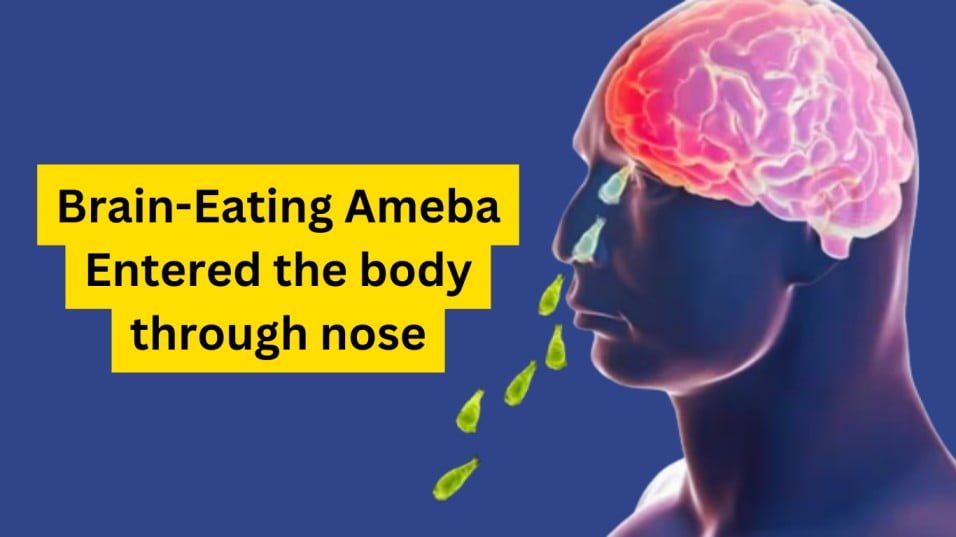A 14 years old boy died who was receiving treatment for amoebic meningoencephalitis, a rare brain infection caused by an amoeba lived in water also known as brain-eating amoeba.
The little boy died on Wednesday night in Kozhikode, Kerala at a private hospital at around 11.00 pm. This is the third case of the amoeba in two month in Kerala, the health officials said.
The first case reported on May 21 where a five years old girl from Malappuram died. The second case reported on June 25 where a 13 years old girl from Kannur died.
What is Brain–Eating Amoeba?
Brain-EatingAmoeba is a type amoeba that can infect and cause rare but severe brain infection called primary amebic meningoencephalitis (PAM). This types of amoeba live freely in warm freshwater environment like lakes, rivers and hot springs.
This Brain Eating Amoeba is scientifically known as Naegleria fowleri.
The amoeba Naegleria fowleri is typically known as braineating amoeba because it can infect the brain and caused infection in brain tissue. Which can also destroy the brain.
The infection that caused by Naegleria fowleri is rare but deadly as it can take a life of a people.
How did the Brain Eating Amoeba enter the Human Body?

The Naegleria fowleri enter the body of Human Body when human came in the contact of warm water in the presence of the amoeba. It entered to body through nose. Naegleria fowleri then travel to the brain.
After entering to the brain it then caused infection and damaged the brain. It cannot spread from person to person.
What are the symptoms of amoebic meningoencephalitis?
The symptoms of amoebic meningoencephalitis which held by brain-eating amoeba usually appear between two to 15 days after exposure.
The main symptoms of it are fever, very painful headache, vomiting, high fever and seizures. In later stages, the patient may confused, disoriented, lose balance and could go into come. This infection is always deadly.



